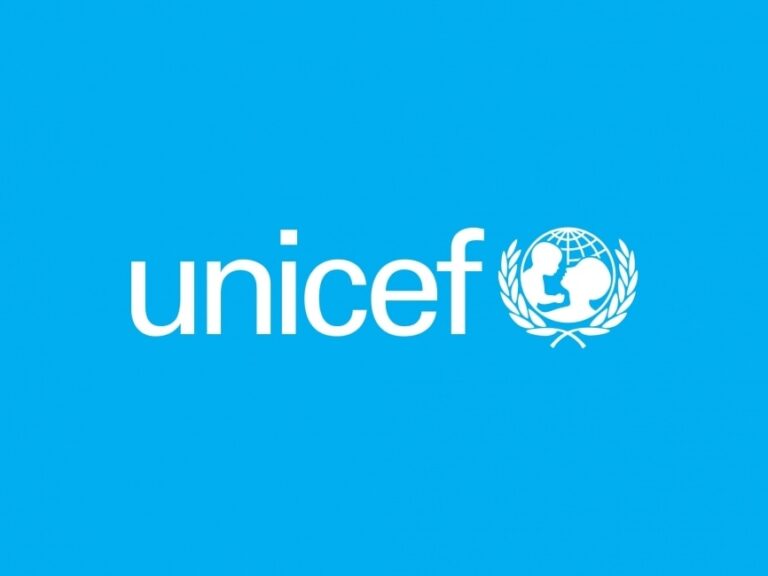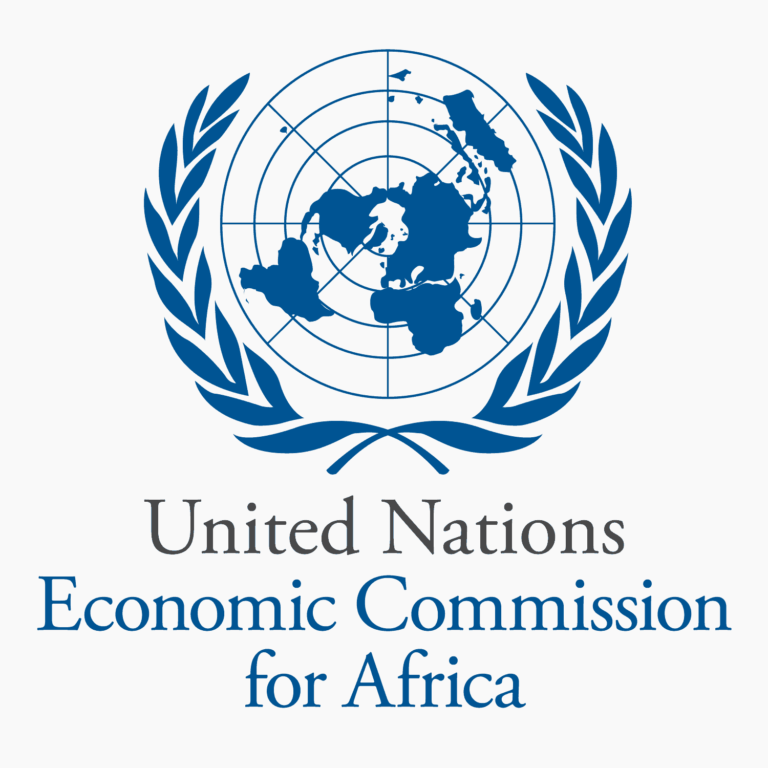FOR PREQUALIFICATION FOR CONSTRUCTION WORKS
Due date: 24th June 2025
The United Nations Children’s Fund (UNICEF) Ethiopia Country Office invites Request for Express of Interest (REoI) for the pre-qualification of contractors for construction works as part of UNICEF supported programmes and operations in Ethiopia.
ELIGIBILITY REQUIREMENTS:
- This REOI for Prequalification is open to all companies registered and having a valid business & construction license to operate in Ethiopia as contractor.
- To become eligible the candidates shall demonstrate to have: active business experience in providing services as contractors for 3 years and successfully completed at least 3 (three) years in construction works of a nature and complexity comparable to the construction works required above.
- Companies are required to furnish Audited Balance Sheets for the last three financial years.
THE PROCEDURE AND DEADLINE TO SUBMIT THE EOI:
- Interested company that meet the eligibility requirements are encouraged to download and review the expression of interest for “REOI Response collection tool” available at following web link: https://enketo.ona.io/x/0f8nQc99
- All the requirements are outlined in the “REoI Response Collection Tool”, companies are required to read carefully the requirements and upload the requested documents.
- In case of any queries please contact UNICEF Supply Section by send an email to supplyaddisababa@unicef.org
- Due date for submission of response is 24th June 2025 (mid-night).
PLEASE NOTE FOLLOWING POINTS:
- This REOI does not constitute a solicitation. We do not require bids or proposals at this stage; we merely seek your Expression of Interest in participating in future tenders.
- A response to this Request for Expression of Interest does not automatically ensure that you will be selected to participate in the tender.
- UNICEF reserves the right to change or cancel the requirement at any time during the REOI and/or solicitation process. UNICEF also reserves the right to require compliance with additional conditions as and when issuing the final tender document or to reject any/all REOI’s without assigning any reasons whatsoever.
Existing UNICEF Ethiopia Suppliers who have participated in UNICEF invitation to bids in the past are also requested to renew their expression of interest & participate in this process






